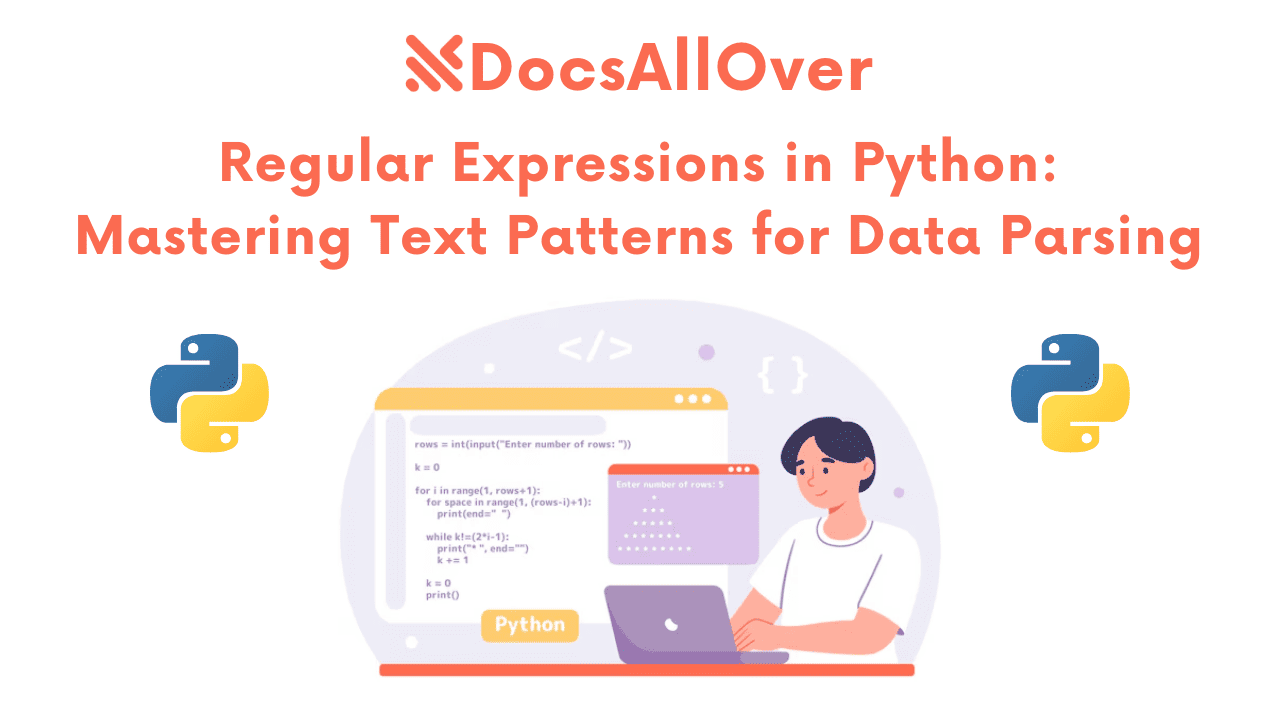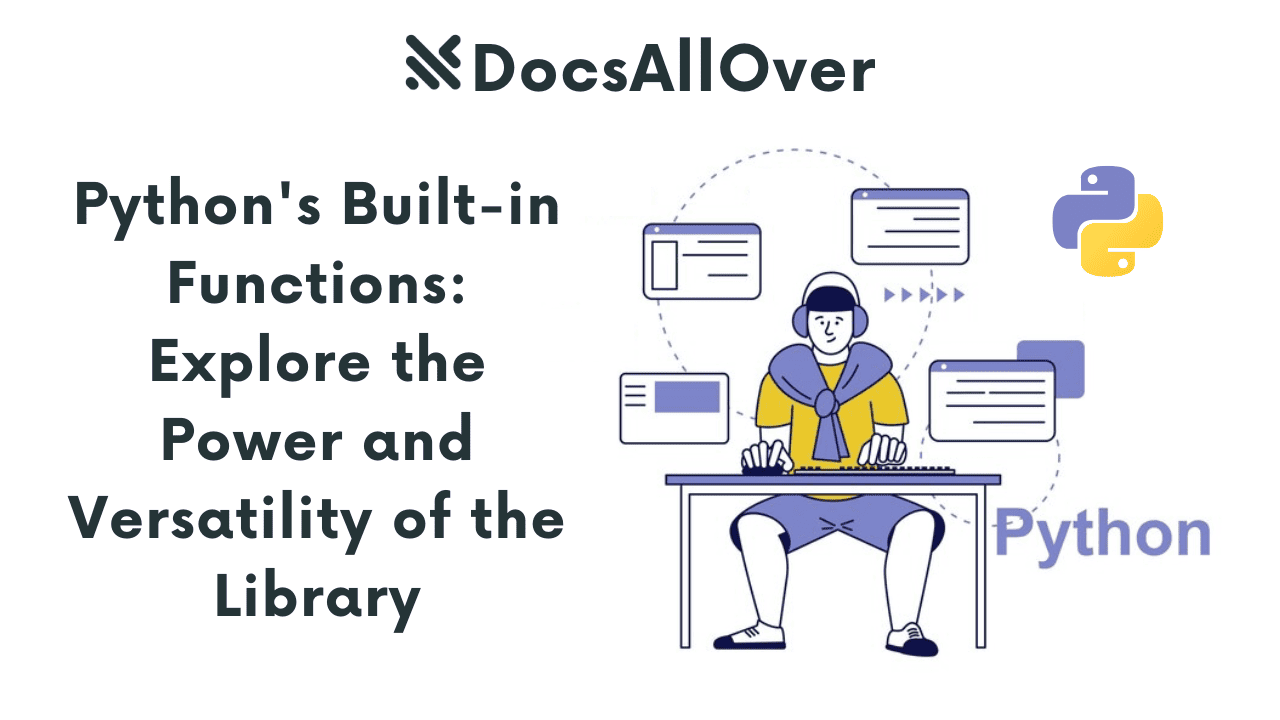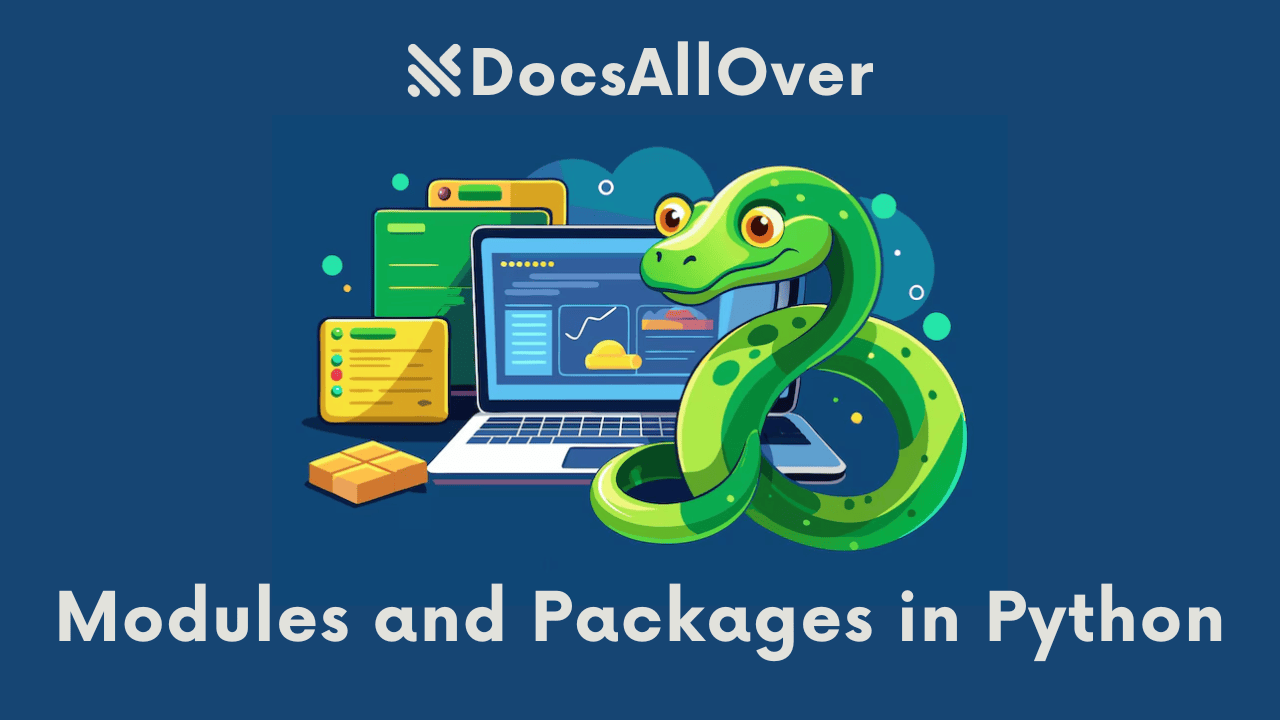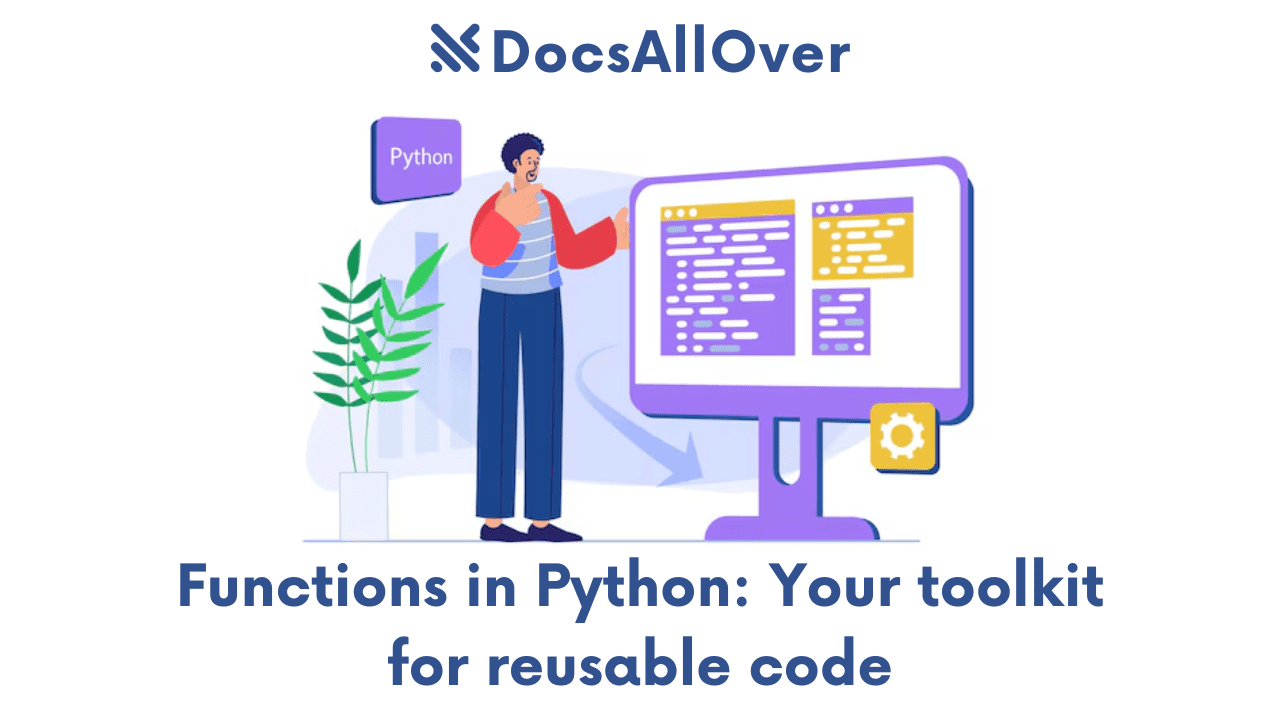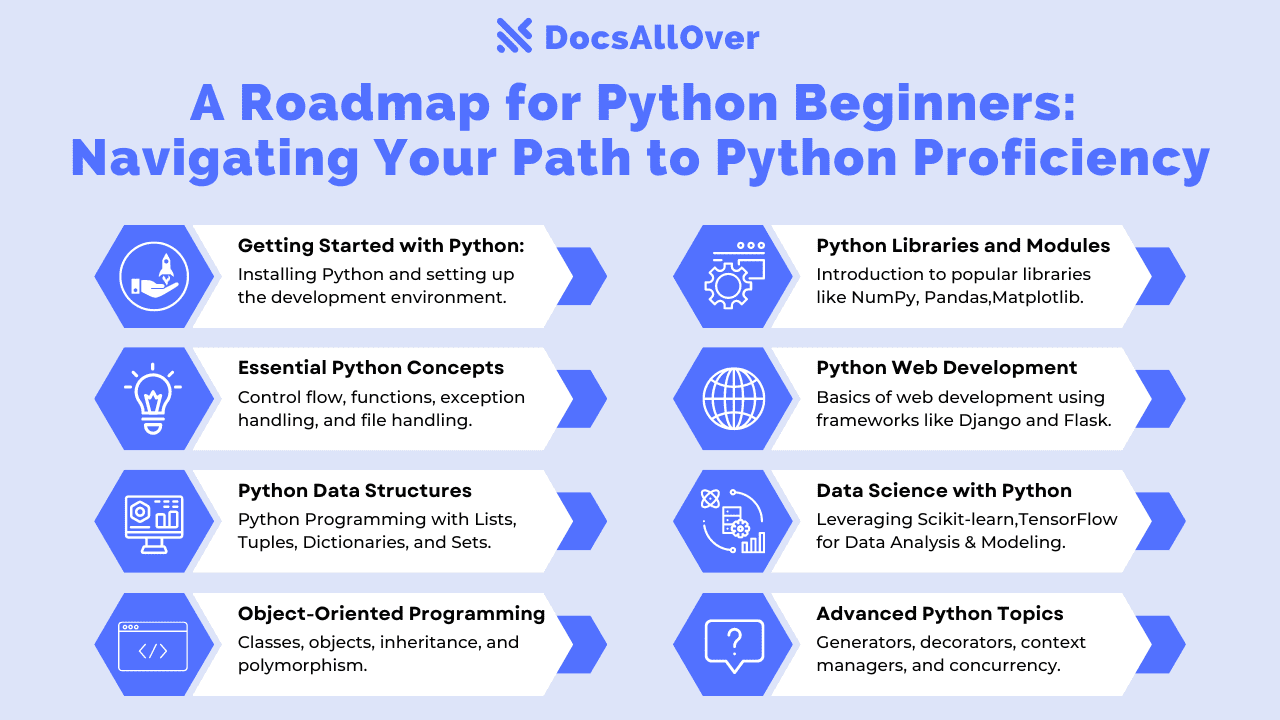Mastering the Essentials: Variables, Data Types, Operators, and Expressions in Python

Welcome to the exciting world of Python programming! Whether you're a complete beginner or looking to refresh your foundational knowledge, this guide is here to equip you with the essential building blocks. We'll delve into the world of variables, data types, operators, and expressions – the cornerstones of any Python program.
Mastering these core concepts will empower you to manipulate data, perform calculations, and construct powerful programs. So, get ready to unlock your Python potential! Buckle up and join us on this journey to mastering the essentials of Python programming.
Diving into Variables
Let's begin by understanding the workhorses of Python programs: variables! These are named storage containers that hold data you can use throughout your code. Imagine them like labeled boxes where you can store information you need to access later.
Naming Conventions:
Just like giving yourself a cool nickname, variables in Python follow a naming convention called snake_case. This means using lowercase letters with underscores to separate words (e.g., player_name, total_score).
Creating and Assigning Values:
Creating a variable is as simple as giving it a name and assigning it a value using the equals sign (=). For example:
Now, you can use these variables throughout your code to represent the stored data. These are just the basics, and we'll explore more about variables as we dive deeper!
Understanding Data Types
Now that we know how to store data in variables, let's explore the different types of data Python can handle. These data types determine how information is represented and what operations we can perform on it.
Core Data Types:
- Integers (int): Whole numbers without decimal points. (e.g., 10, -5, 42)
- Floats (float): Numbers with decimal points. (e.g., 3.14, -9.87, 1.0)
- Strings (str): Sequences of characters enclosed in quotes (single '' or double "" ). (e.g., "Hello, world!", 'This is a string.')
- Booleans (bool): Represent logical values: True or False. (e.g., True, False)
These are just the fundamental data types. Python offers more complex structures like:
- Lists: Ordered collections of items, enclosed in square brackets
[]. - Dictionaries: Unordered collections of key-value pairs, enclosed in curly braces
{}.
We'll explore these exciting data types in future adventures, but for now, let's focus on mastering the core ones!
Operators: The Tools of the Trade
Now that we have variables holding our data and understand the different data types, it's time to introduce the tools that manipulate them: operators! Operators are like the mini-calculators and decision-makers of your Python code. They perform various actions on variables and values, allowing you to modify data, perform calculations, and control program flow.
Categories of Operators:
Python offers a rich set of operators, categorized based on their function:
- Arithmetic Operators: Perform basic mathematical operations like addition, subtraction, multiplication, division, and modulo (remainder).
Example:x = 10 + 5(addition),y = 15 / 3(division),z = 4 % 2(modulo) - Comparison Operators: Compare values and return boolean results (True or False).
Example:a == b(equal to),c != d(not equal to),e > f(greater than) - Logical Operators: Combine boolean expressions to make complex decisions.
Example:x and y(AND),a or b(OR),not c(NOT) - Assignment Operators: Assign values to variables, with some offering shorthand forms.
Example:x = 5(simple assignment),y += 3(adds and assigns)
Examples in Action:
Let's see these operators in action with some code snippets:
By mastering these operators, you'll be well on your way to crafting powerful and flexible Python programs!
Expressions: Bringing it All Together
Now that you've met variables, data types, and operators, it's time to see how they work together! Expressions are combinations of these elements that evaluate to a single result. Think of them as mini-formulas you build using variables, operators, and sometimes even literal values (like numbers or strings).
Building Expressions:
Expressions are like building blocks. You can combine variables, operators, and even other expressions to create more complex ones. The order of operations (PEMDAS - Parentheses, Exponents, Multiplication and Division from left to right, Addition and Subtraction from left to right) dictates how the expression is evaluated.
Types of Expressions:
- Arithmetic Expressions: Use arithmetic operators to perform calculations.
- Example:
age + 5(evaluates to the sum of age and 5) - Example:
(distance / time) * speed(more complex calculation)
- Example:
- Logical Expressions: Combine boolean expressions using logical operators.
- Example:
is_hungry and has_food(evaluates to True if both conditions are True) - Example:
not (score < 60)(evaluates to True if score is not less than 60)
- Example:
Evaluation:
Expressions are evaluated step-by-step according to the order of operations. The result becomes a single value that can be used in further calculations or assigned to a variable.
Examples in Action:
By mastering expressions, you can manipulate data effectively and write powerful Python programs!
Congratulations! You've successfully navigated the exciting world of variables, data types, operators, and expressions – the fundamental building blocks of Python programming. By mastering these concepts, you've laid a strong foundation for your Python journey.
Recap:
- Variables: Your named storage containers, holding data for later use.
- Data Types: Define how information is represented (integers, floats, strings, booleans, etc.).
- Operators: The tools that manipulate data (arithmetic, comparison, logical, assignment).
- Expressions: Combinations of variables, operators, and values that evaluate to a single result.
Looking Ahead:
This is just the beginning! With these fundamentals in place, you're ready to explore more advanced Python concepts like control flow statements, functions, and data structures (lists, dictionaries).
Here are some suggestions to continue your Python adventure:
- Practice, practice, practice! Experiment with code, try out different scenarios, and don't be afraid to make mistakes. Explore online resources and tutorials.
- Find projects that interest you and start building small programs.
- Join online communities or forums to connect with other Python learners.
Remember, the Python community is vast and welcoming. Don't hesitate to ask questions and seek help when needed. Most importantly, have fun while learning!
